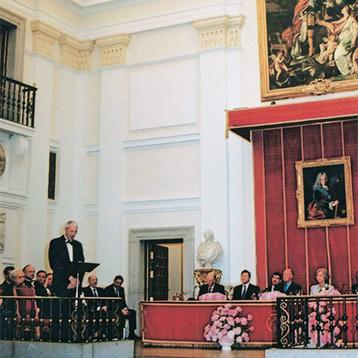Danish architect Jørn Utzon was born in 1918. While in secondary school, he began helping his father, director of a shipyard in Alborg, Denmark, and brilliant naval architect, by studying new designs, drawing up plans and making models. This activity opened another possibility—that of training to be a naval architect like his father.
However, one of his father’s cousins, Einar Utzon-Frank, was a sculptor as well as a professor at the Royal Academy of Fine Arts. He influenced Jørn, who took an interest in sculpting, and after secondary school, he won admission to the Royal Academy of Fine Arts in Copenhagen.
When he graduated from the Academy of Fine Arts in 1942, he, like many architects affected by World War II, fled to neutral Sweden where he was employed in the Stockholm office of Hakon Ahlberg for the duration of the war. He then went to Finland to work with Alvar Aalto.
An admirer of the ideas of Gunnar Asplund, as well as Frank Lloyd Wright while still in school, Utzon acknowledges that Aalto, Asplund and Wright were all major influences in his own work. Over the next decade, he traveled extensively, visiting Morocco, Mexico, the United States, China, Japan, India, and Australia, the latter destined to become a major factor in his life.
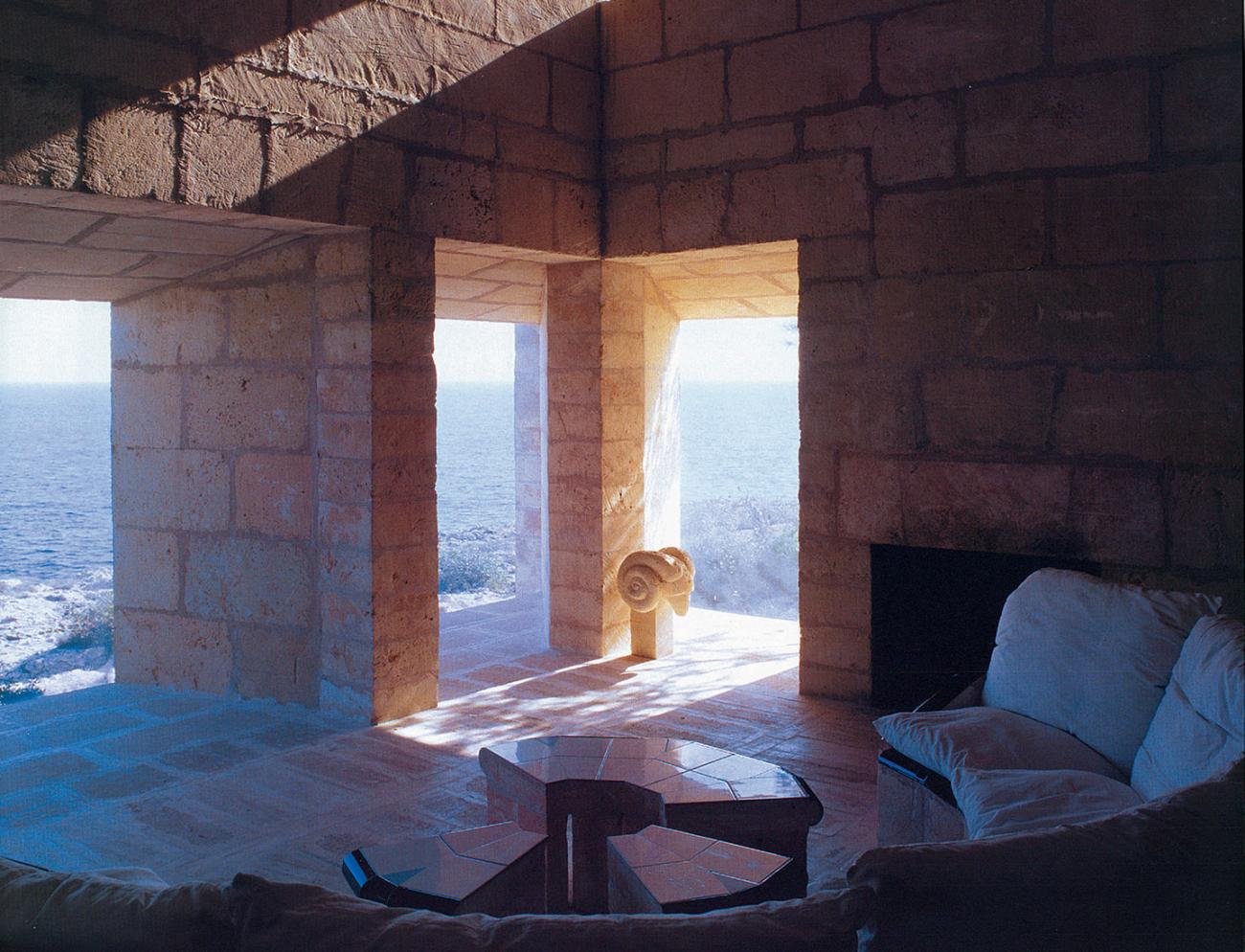


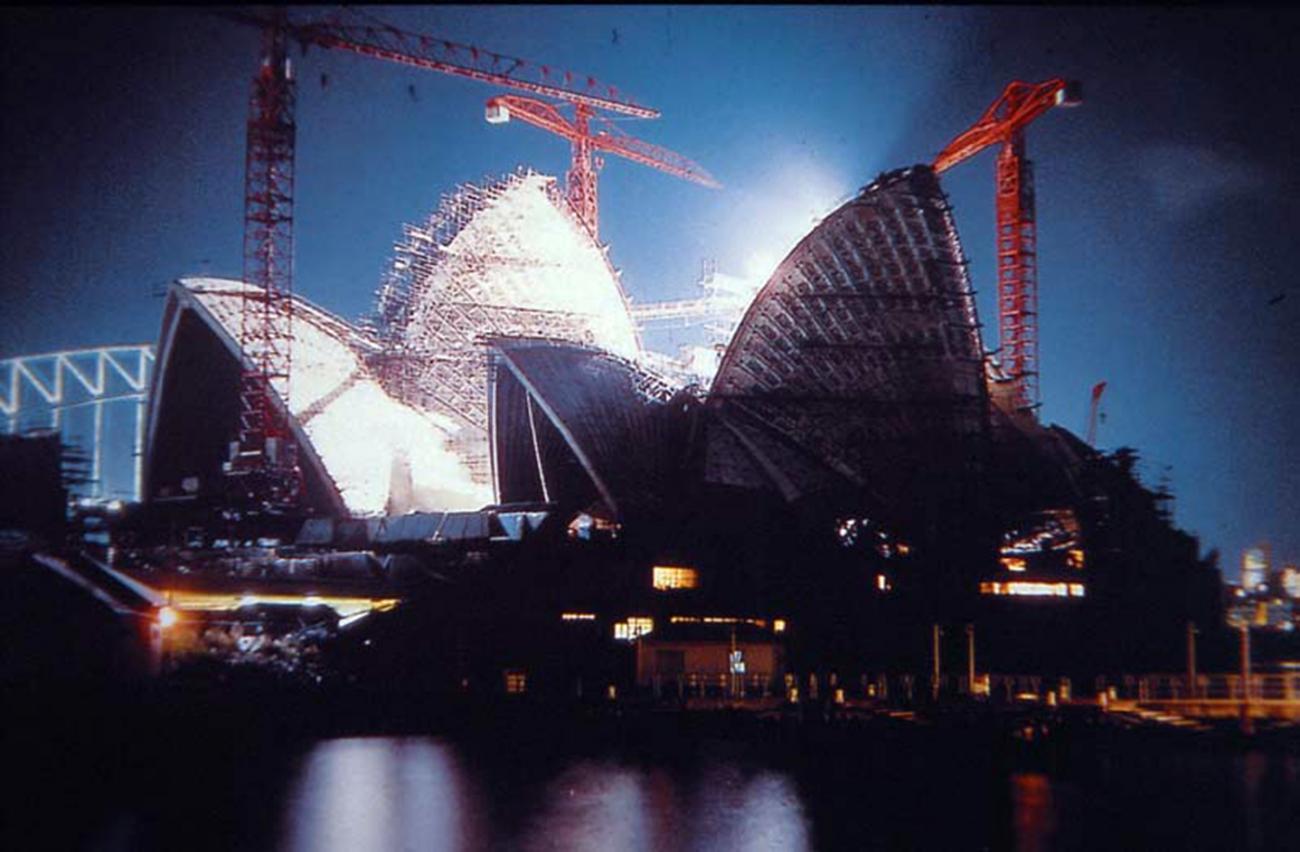
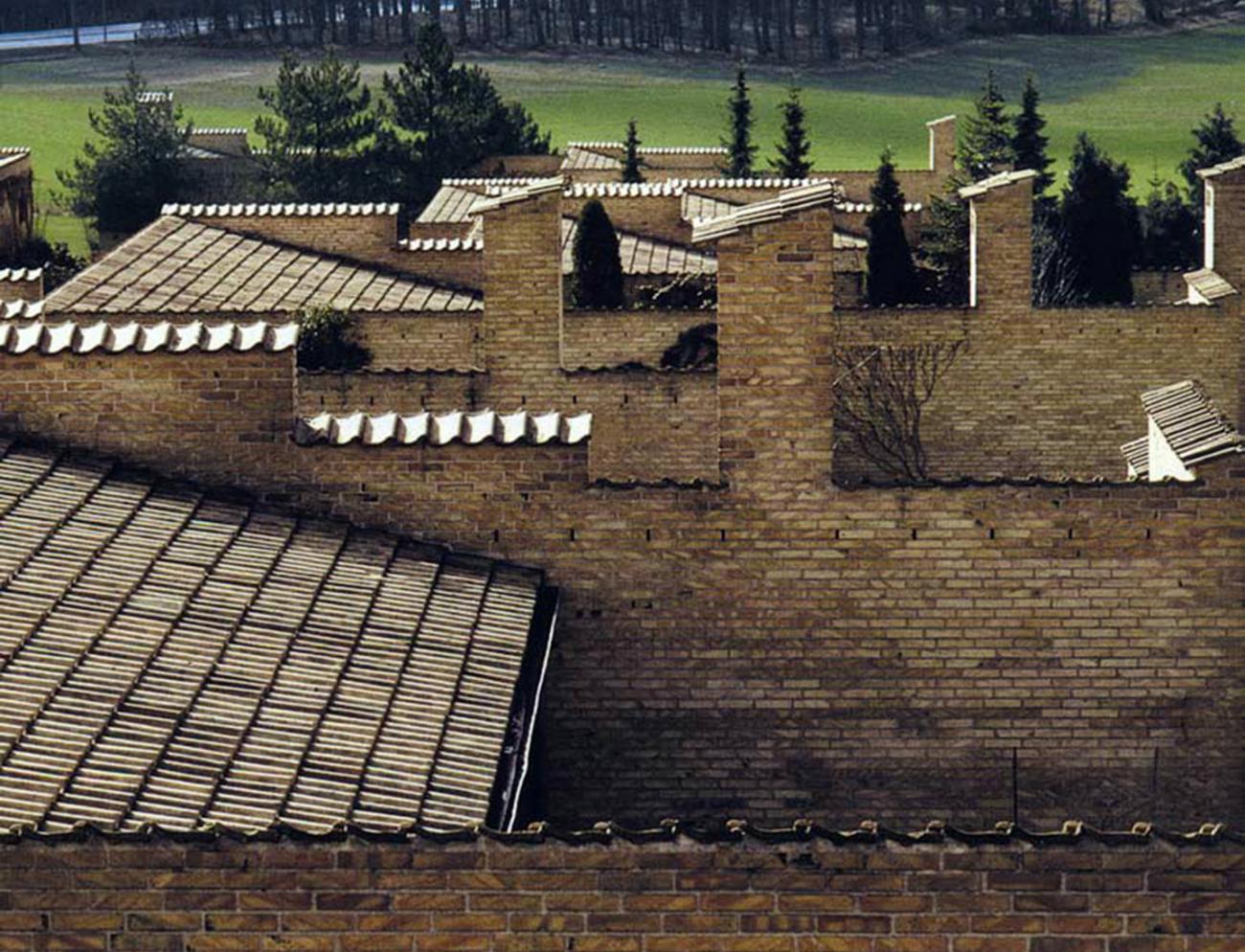

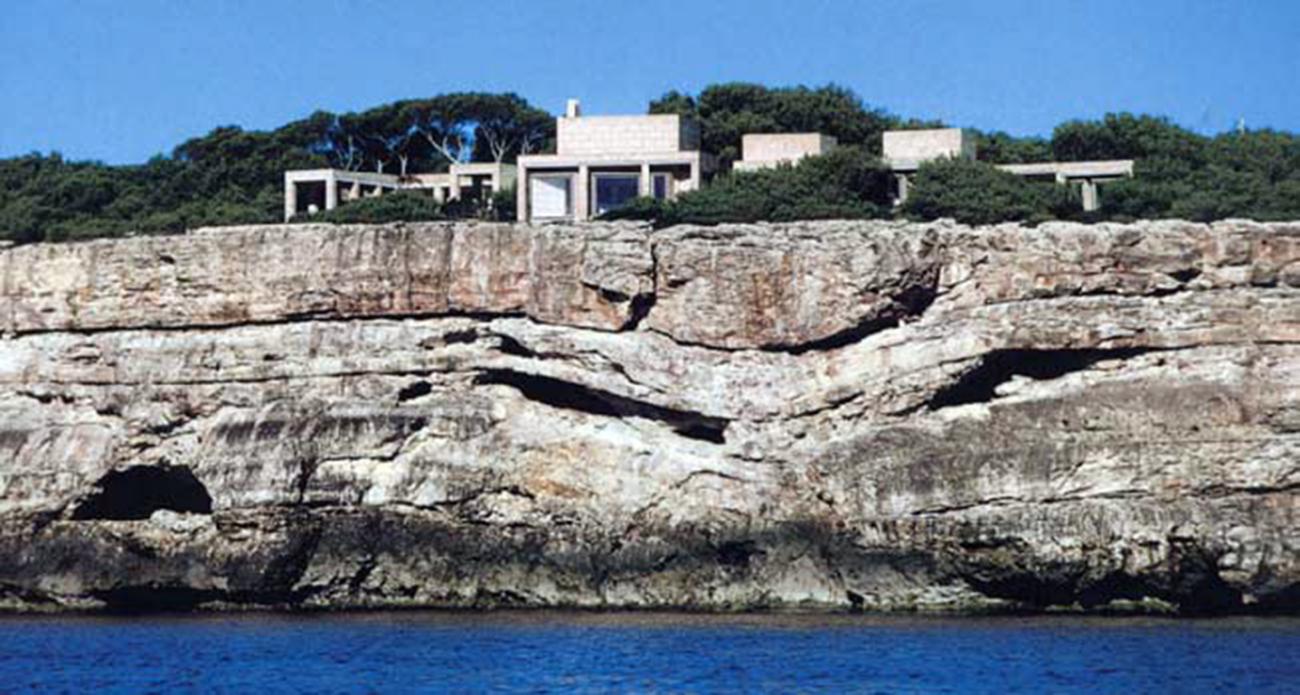













 His Majesty King Juan Carlos I of Spain presided over the ceremony honoring Jørn Utzon of Denmark as the 2003 Pritzker Architecture Prize Laureate. The ceremony took place in the Royal Academy of Fine Arts of San Fernando in Madrid on Tuesday, May 20, 2003.
His Majesty King Juan Carlos I of Spain presided over the ceremony honoring Jørn Utzon of Denmark as the 2003 Pritzker Architecture Prize Laureate. The ceremony took place in the Royal Academy of Fine Arts of San Fernando in Madrid on Tuesday, May 20, 2003.




